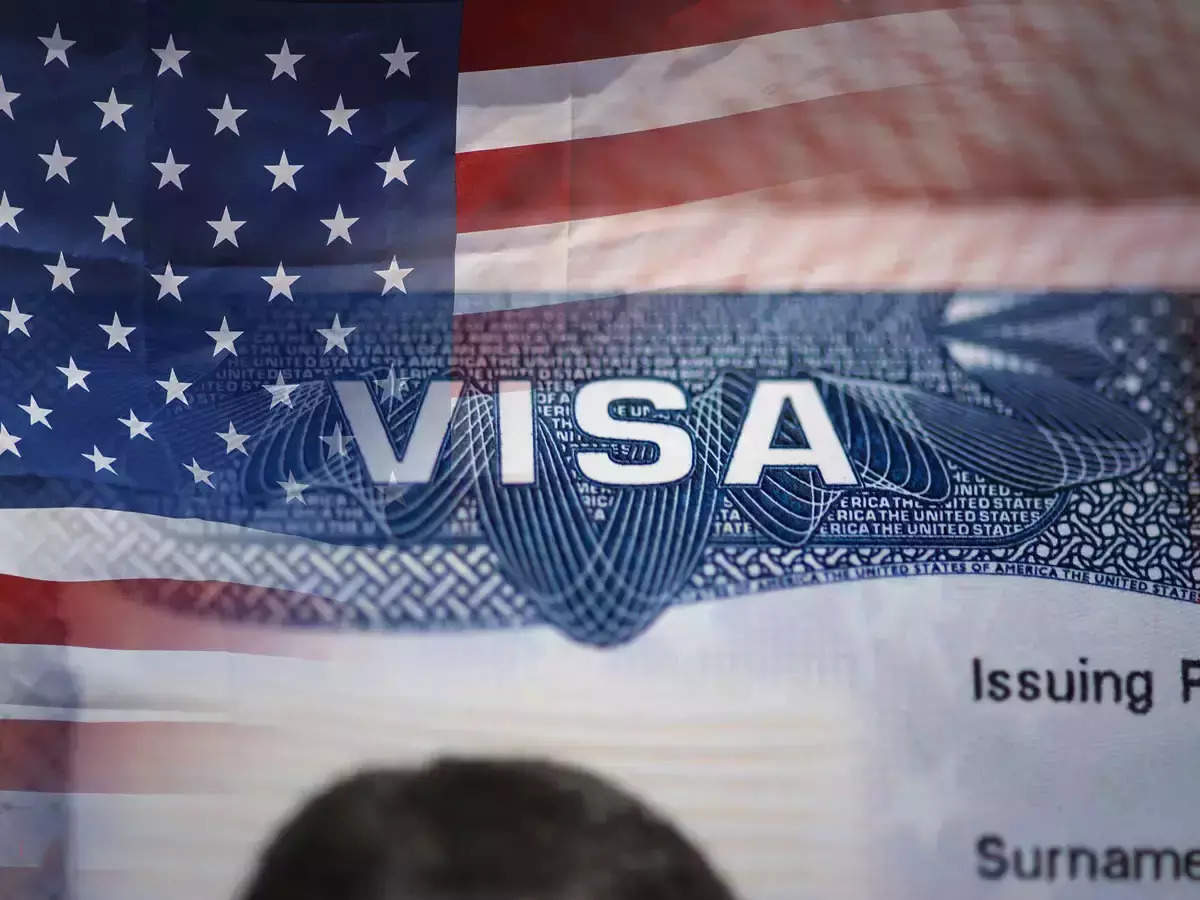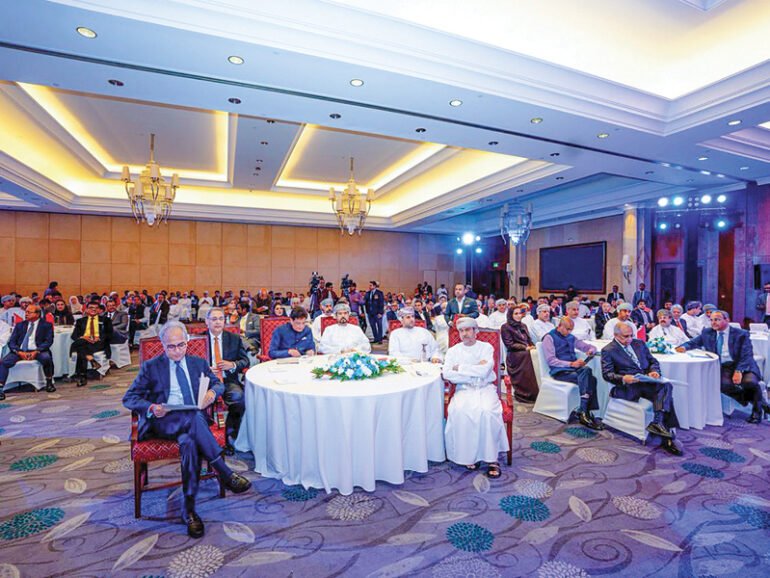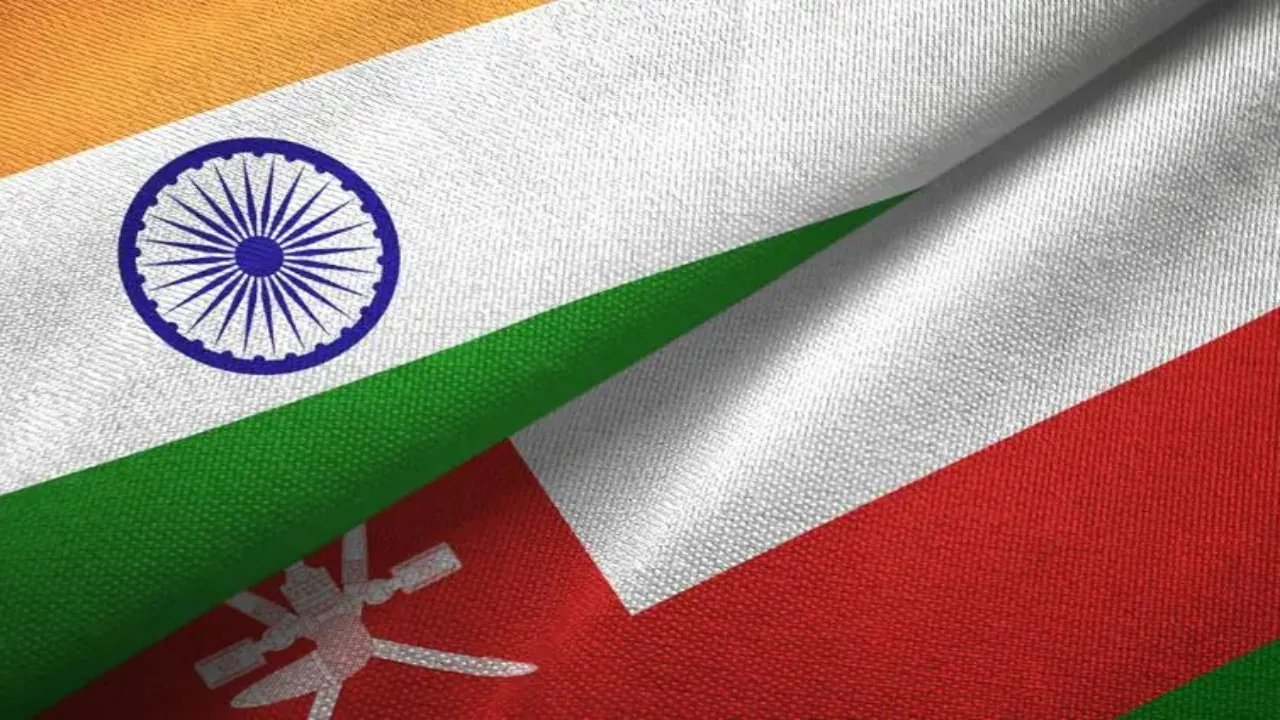The Green Card stands as a vital document issued by US authorities to immigrants, granting them permanent residency and employment opportunities within the country
Recent announcements from US authorities have indicated a significant setback for highly talented Indians seeking US Green Cards. The Citizenship and Immigration Services in the United States has introduced a retrogression of the final action date by a substantial ten years for Indian applicants under the fast-track EB-1 visa category, as reported by visaguide.world.
The Green Card stands as a vital document issued by US authorities to immigrants, granting them permanent residency and employment opportunities within the country.
A bulletin released recently has revealed that the quota for the EB-1 visa category has become oversubscribed specifically for Indian applicants. This oversubscription, in accordance with INA 202(e), has led to a need for prorating, causing significant delays in the visa issuance process for skilled Indian individuals. This development has introduced a cloud of uncertainty for many aspirants, as highlighted by the VisaGuide.World report.
Reports from the Economic Times have further explained that the United States Citizenship and Immigration Services had allowed Indian applicants to access unused visas that were initially allocated to other nations. However, due to an increase in demand for EB-1 visas from various other countries, the department is now constrained from allotting these visas to Indian candidates.
The report emphasizes that numerous EB-1 applicants from India possess priority dates ranging from 2012 to 2015, due to the retention of priority dates based on previously approved petitions in the EB-2 or EB-3 categories. There is a glimmer of hope, however, as the final action date might be advanced to October, contingent upon the demand from other countries and the visa limits set for FY-2024
The official statement from the US Citizenship and Immigration Services stated, “With the demand for EB-1 visas increasing from these countries as well, the department can no longer issue these visas to Indian applicants. So applicants from India are no longer able to receive EB-1 numbers under INA 202(a)(5).”
An analysis by the Economic Times has revealed that the EB-1 visa limit for FY 2023 has been reached, resulting in a substantial ten-year retrogression. This has effectively moved the final action date back to January 2012.
Furthermore, the report emphasizes that numerous EB-1 applicants from India possess priority dates ranging from 2012 to 2015, due to the retention of priority dates based on previously approved petitions in the EB-2 or EB-3 categories. There is a glimmer of hope, however, as the final action date might be advanced to October, contingent upon the demand from other countries and the visa limits set for FY-2024.
In the realm of US Green Cards, there exist four distinct categories:
Family-Sponsored Green Cards
Employment-Sponsored Green Cards
Returning Resident Green Cards
Diversity Visa Green Cards
*******************************************************
Readers
These are extraordinary times. All of us have to rely on high-impact, trustworthy journalism. And this is especially true of the Indian Diaspora. Members of the Indian community overseas cannot be fed with inaccurate news.
Pravasi Samwad is a venture that has no shareholders. It is the result of an impassioned initiative of a handful of Indian journalists spread around the world. We have taken the small step forward with the pledge to provide news with accuracy, free from political and commercial influence. Our aim is to keep you, our readers, informed about developments at ‘home’ and across the world that affect you.
Please help us to keep our journalism independent and free.
In these difficult times, to run a news website requires finances. While every contribution, big or small, will makes a difference, we request our readers to put us in touch with advertisers worldwide. It will be a great help.
For more information: pravasisamwad00@gmail.com








